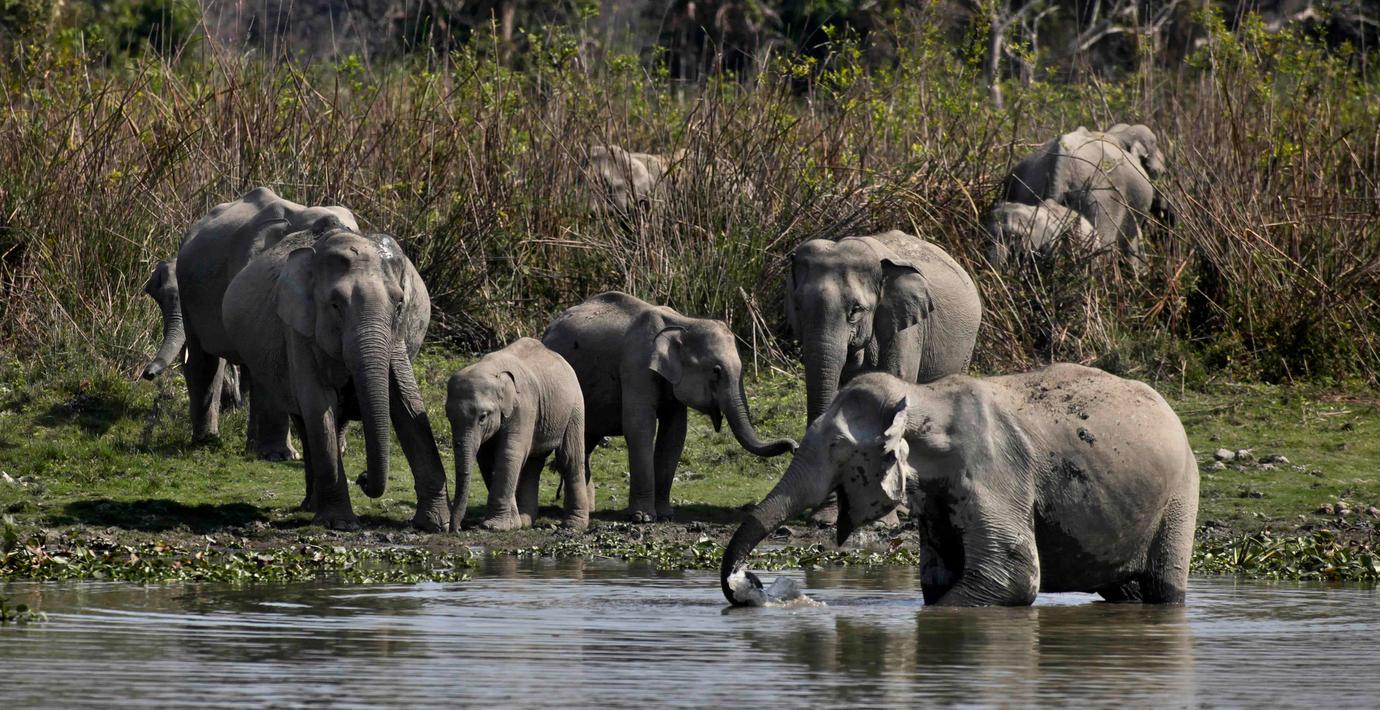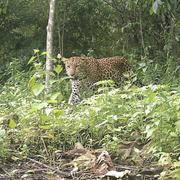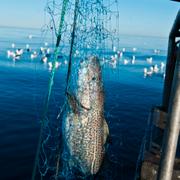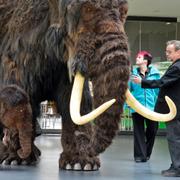
”Risk för elefantattacker – djurens habitat minskar”
Elefanter har förlorat nästan två tredjedelar, 64 procent, av sina naturliga habitat i Asien sedan 1700, visar en studie som publicerats i Scientific Reports.
Enligt CNN är det resultatet av hundratals år av avskogning och att människan använder marken för jordbruk och infrastruktur. Värst är situationen i Kina, enligt studien.
Forskaren Shermin de Silva, som lett studien, menar att elefantens minskade livsyta ökar risken för våldsamma konfrontationer mellan elefanter och människor om djuren inte får tillräckligt med utrymme.
Hon säger enligt CNN att det går att undvika en sådan situation genom en viss planering av samhällsbygget.
bakgrund
Asiatisk elefant
Wikipedia (en)
The Asian elephant (Elephas maximus), also known as the Asiatic elephant, is the only living species of the genus Elephas and is distributed throughout the Indian subcontinent and Southeast Asia, from India in the west, Nepal in the north, Sumatra in the south, and to Borneo in the east. Three subspecies are recognised—E. m. maximus from Sri Lanka, E. m. indicus from mainland Asia and E. m. sumatranus from the island of Sumatra. Formerly, there was also the Syrian elephant or Western Asiatic elephant (Elephas maximus asurus) which was the westernmost population of the Asian elephant (Elephas maximus). This subspecies became extinct in ancient times. Skeletal remains of E. m. asurus have been recorded from the Middle East: Iran, Iraq, Syria, and Turkey from periods dating between at least 1800 BC and likely 700 BC. It is one of only three living species of elephants or elephantids anywhere in the world, the others being the African bush elephant and African forest elephant. It is the second largest species of elephant after the African bush elephant.
The Asian elephant is the largest living land animal in Asia. Since 1986, the Asian elephant has been listed as Endangered on the IUCN Red List, as the population has declined by at least 50 percent over the last three elephant generations, which is about 60–75 years. It is primarily threatened by loss of habitat, habitat degradation, fragmentation and poaching. In 2019, the wild population was estimated at 48,323–51,680 individuals. Female captive elephants have lived beyond 60 years when kept in semi-natural surroundings, such as forest camps. In zoos, Asian elephants die at a much younger age; captive populations are declining due to a low birth and high death rate.The genus Elephas originated in Sub-Saharan Africa during the Pliocene and spread throughout Africa before expanding into the southern half of Asia. The earliest indications of captive use of Asian elephants are engravings on seals of the Indus Valley civilisation dated to the 3rd millennium BC.
Omni är politiskt obundna och oberoende. Vi strävar efter att ge fler perspektiv på nyheterna. Har du frågor eller synpunkter kring vår rapportering? Kontakta redaktionen



